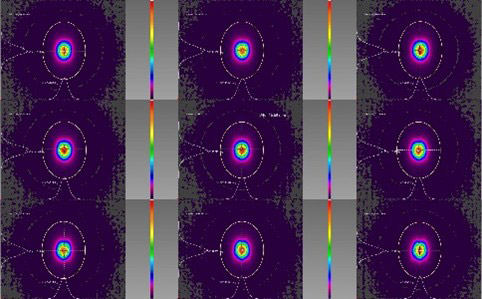News: Optoelectronics
2 April 2025
HieFo launches high-efficiency CW DFB InP lasers for silicon photonics transceivers
Indium phosphide (InP)-based optical communications device developer and manufacturer HieFo Corp of Alhambra, CA, USA (formed from management buy-out of the chips business and wafer fabrication operations of Emcore Corp in May 2024) has launched multiple new high-efficiency continuous wave distributed feedback (DFB) InP lasers, designed to address the ever-increasing demands of silicon photonics-based optical transceivers.
Proprietary new design for uncooled intensity-modulated direct detect applications
HieFo’s uncooled O-band CW laser family supports the CWDM4 wavelength plan over an operating temperature of –5°C to 75°C, while maintaining 70mW minimum optical output power. These performance parameters are achieved using an aluminium-free active quantum well design, which offers the optical transceiver industry a new standard in terms of proven field reliability and performance,it is claimed, for high-operating-temperature non-hermetic applications.
New efficiency milestones for coherent optical transmission
With the latest innovations on the previously released HCL30 CW DFB laser chip, HieFo claims to have achieved new performance levels. Using innovations from 12 recently filed patents, the firm’s 1mm-cavity-length laser chip can produce more than 200mW typical optical output power while achieving sub-300kHz spectral linewidth performance, all while achieving wall-plug efficiency (WPE) of 30% or greater over a wide power range. HieFo offers custom O-band wavelength variants of this laser design for various coherent applications ranging from data center to PON architecture.

Picture: Representative far-field pattern (typical 15° x 18°).
“HieFo’s latest product advances address the stringent performance standards required by the industry’s leading silicon photonic designs,” says chairman & co-founder Harry Moore. “HieFo continues to execute on our core mission, which is to develop and produce the most efficient and reliable InP-based chips in the industry,” he adds.









